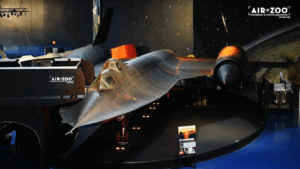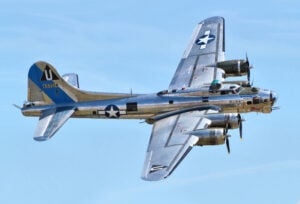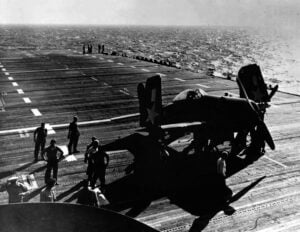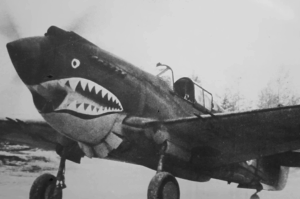Why US Military Can’t Replace These 100 Year Old Weapons

YouTube / The Infographics Show
The United States still operates several weapons that trace their origins back to the early and mid twentieth century. Each system remains in service because no modern alternative delivers the same combination of reliability, cost effectiveness, and mission performance.
M2 Browning .50 Caliber Machine Gun
The M2 entered service in 1933 and continues to operate because it delivers consistent heavy firepower with minimal mechanical change. Its .50 caliber round still penetrates vehicles and structures effectively.
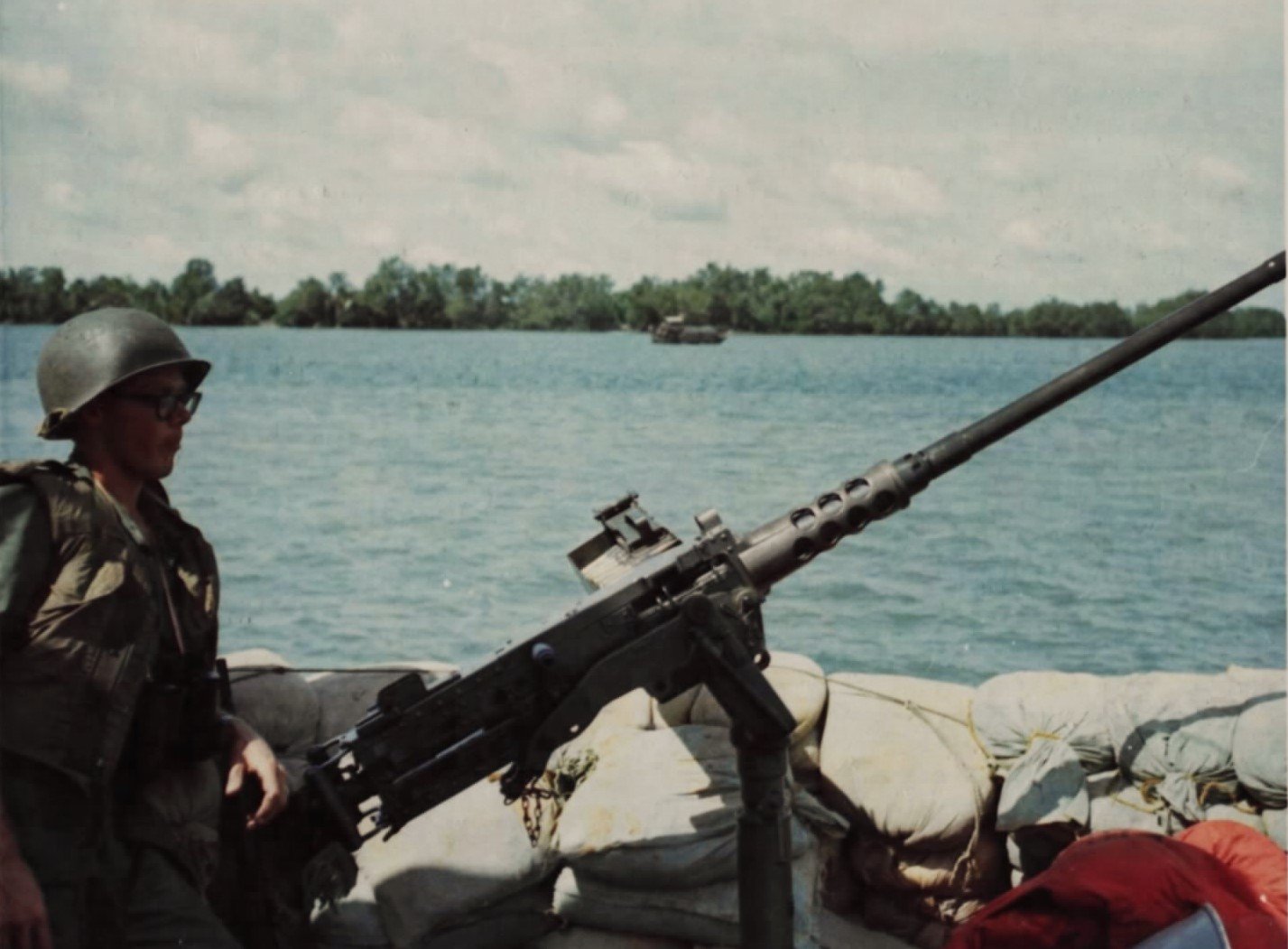
Attempts to replace it in the 1960s and in recent decades failed because newer systems could not match the combination of range, accuracy, durability, and ammunition flexibility at a comparable weight and cost. The weapon accepts multiple round types and integrates easily into vehicles, aircraft, and ground mounts, which keeps it relevant.
CH-47 Chinook
The CH-47 has served since 1962. It remains in service because no other helicopter in the US inventory lifts comparable loads at similar speeds while operating in high altitude terrain. Its twin rotor layout handles heavy artillery, troops, and external cargo without redesigning logistics infrastructure.
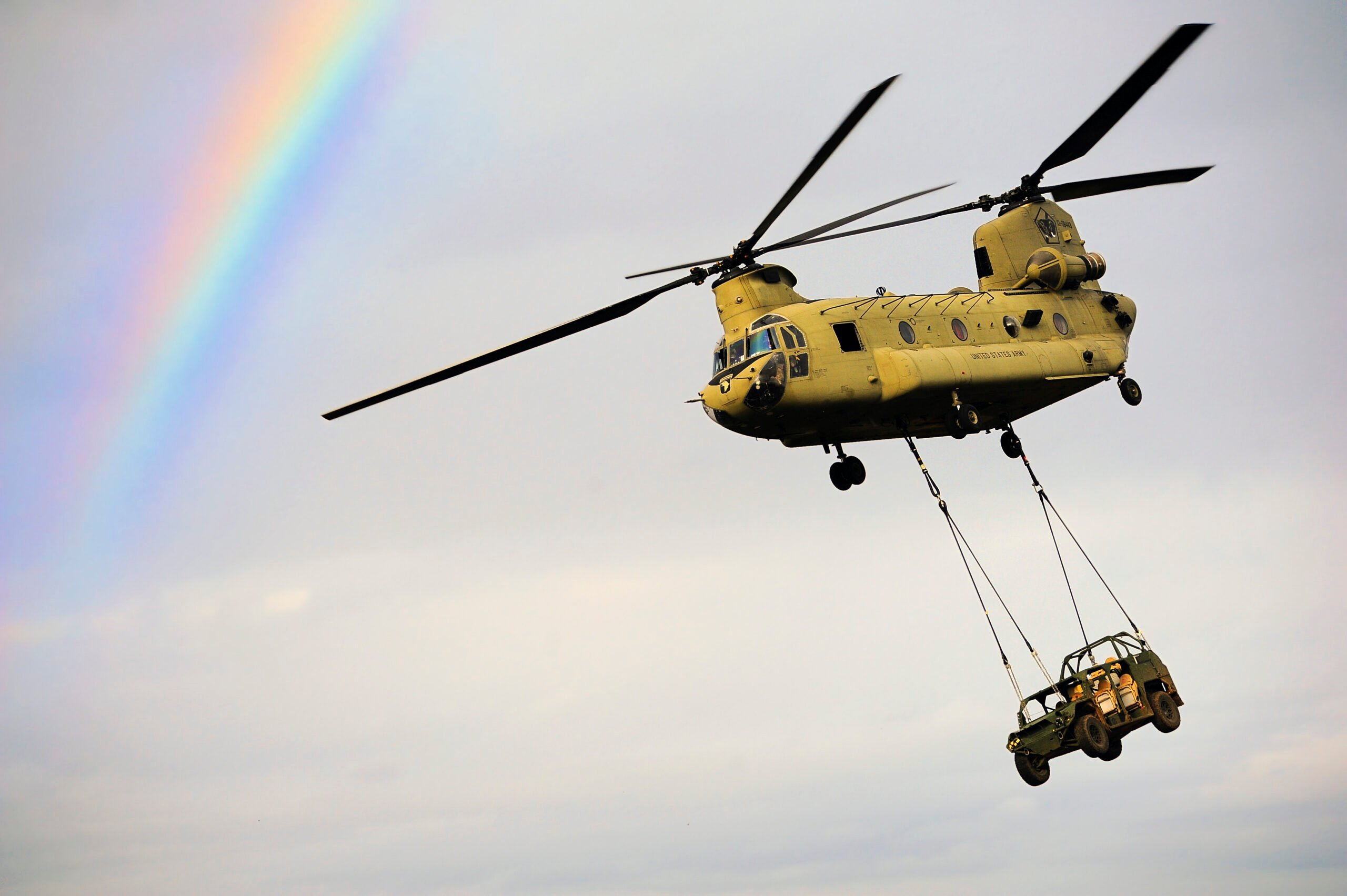
Continuous upgrades to engines, avionics, and structure keep the airframe current. Replacement programs exist but focus on other helicopter types first, which ensures long service for the Chinook.
Carl Gustaf Recoilless Rifle
The Carl Gustaf entered service in 1946. It remains because it provides infantry with a light and accurate system for anti structure, anti vehicle, and anti personnel missions. Ammunition variety continues to expand, and the weapon delivers performance at a cost far lower than guided missiles.
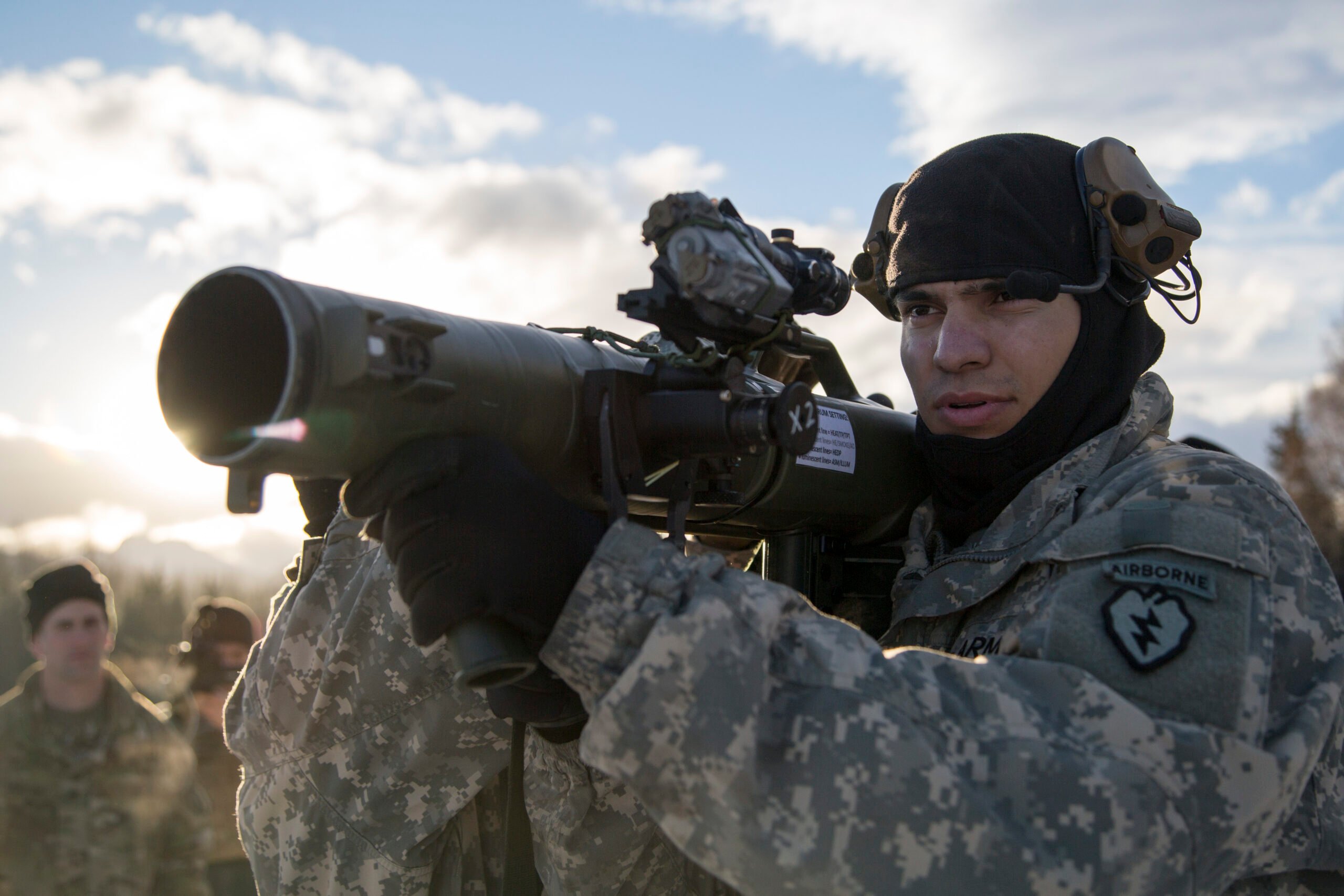
Its reliability and low unit price allow broad issue across units. No competing system offers the same balance of portability and capability.
C-130 Hercules
The C-130 has operated since the 1950s. It remains because it takes off from short and improvised airstrips while carrying useful loads across long distances.
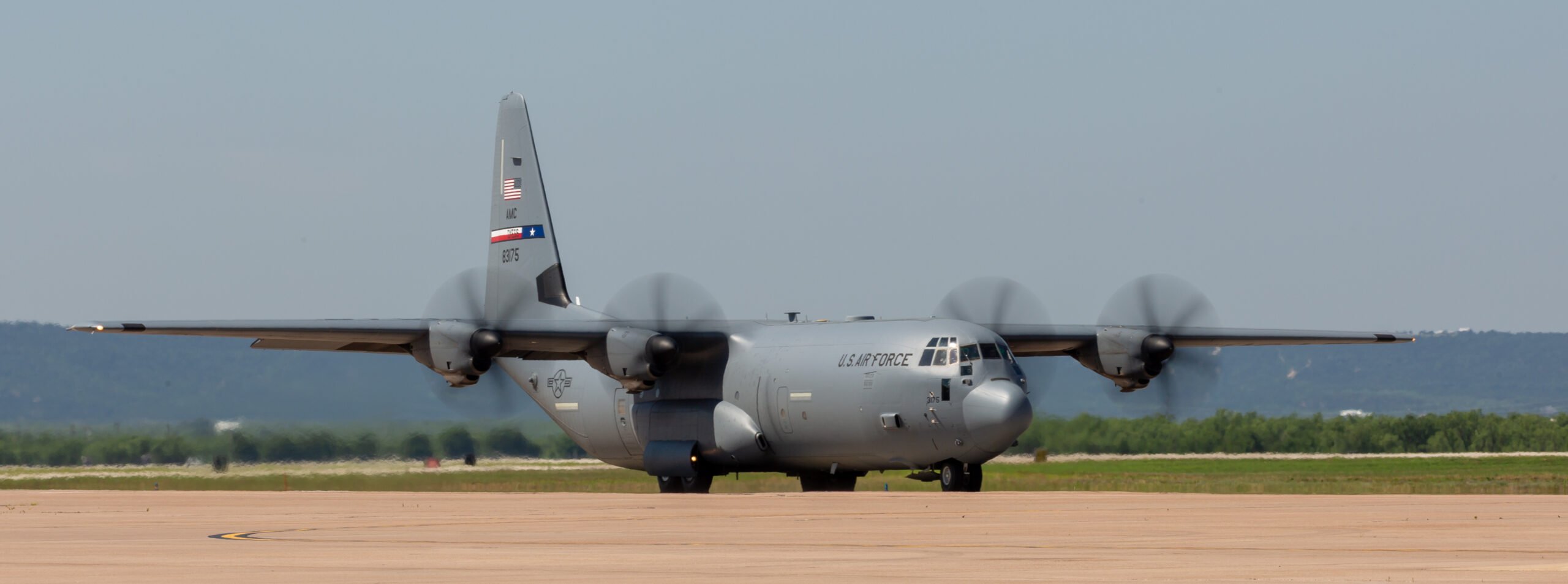
Later variants add new engines, propellers, and digital avionics without altering the basic layout. A future airlifter is planned, but no replacement exists that can match the Hercules across tactical, logistical, and special operations roles.
B-52 Stratofortress
The B-52 joined the Air Force in the 1950s. It continues to serve because it carries long range weapons, stays airborne for extended periods, and accepts modern upgrades. New engines, sensors, and targeting pods allow precision engagement.

Payload capacity and global reach give the aircraft a role that no newer bomber fully matches. Service life is expected to exceed one hundred years.














